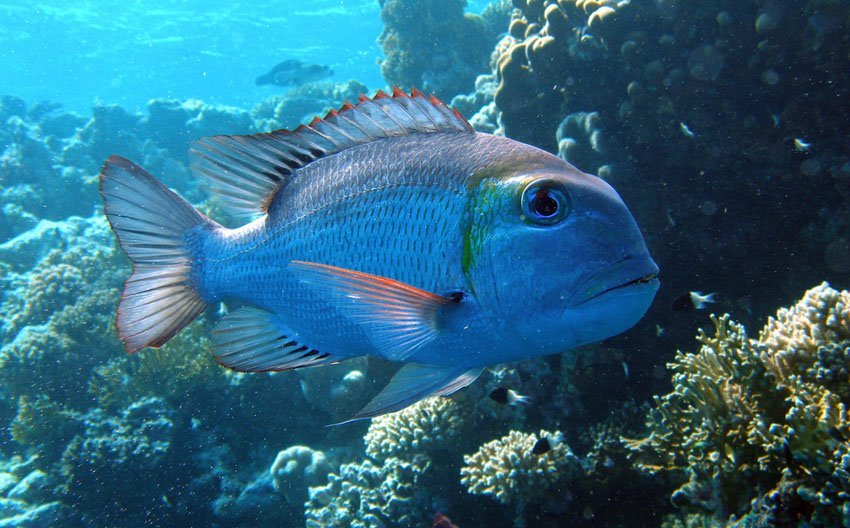Snappers

Snappers (Lutjanidae) Overview
Snappers are carnivores. Most species of snappers that live in Hawaiian waters inhabit the deeper offshore waters, including the onaga, 'opakapaka and 'ula'ula, all prized food fishes.
They vary in length from about 10 inches (25 cm) to 3 feet (90 cm). Fourteen species inhabit Hawaiian waters. The four species that divers and snorkelers in Hawaii are most likely to see are the forktail snapper (wahanui), gray snapper (uku), bluestripe snapper (ta'ape) and blacktail snapper (to'au).
Frequently Asked Questions
What types of snappers are most commonly seen by snorkelers in Hawaii?
Snorkelers and divers in Hawaii are most likely to see the forktail snapper (wahanui), gray snapper (uku), bluestripe snapper (ta'ape), and blacktail snapper (to'au), which inhabit shallower reef areas.
Which Hawaiian snappers are considered the best for eating?
Onaga, 'opakapaka, and 'ula'ula are deepwater snappers highly prized in Hawaiian cuisine for their delicate flavor and firm texture.
Where do most snappers live in Hawaiian waters?
Most snappers live in deeper offshore waters, although several species are also found near reefs and rocky slopes closer to shore.
How large do snappers grow in Hawaii?
Snapper species in Hawaii vary in size, ranging from about 10 inches (25 cm) to up to 3 feet (90 cm) in length, depending on the species.
Are bluestripe snappers (ta'ape) native to Hawaii?
No, ta'ape were introduced from French Polynesia in the 1950s to boost commercial fisheries. They are now common on Hawaiian reefs but are considered invasive by some conservationists.








